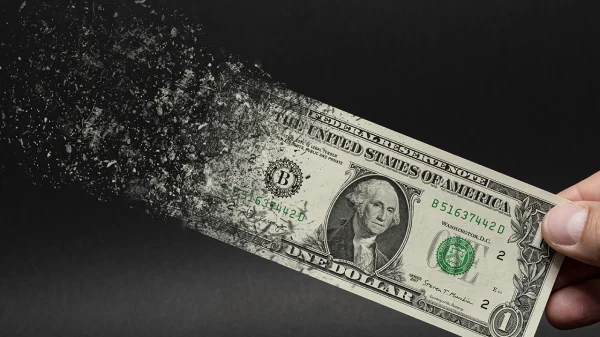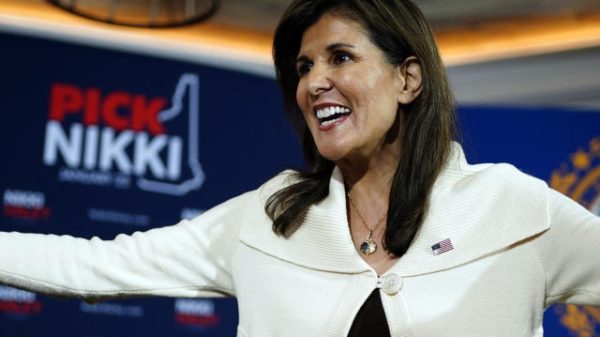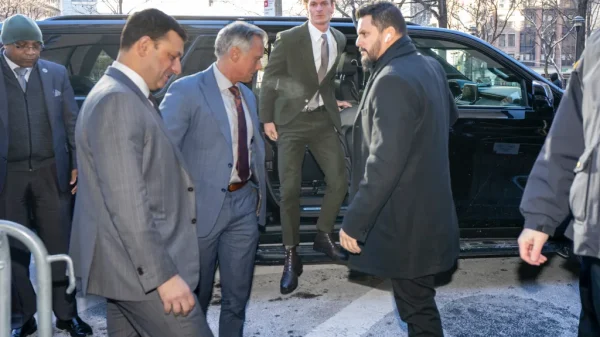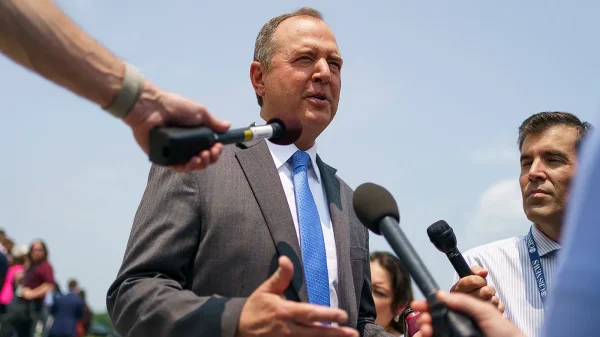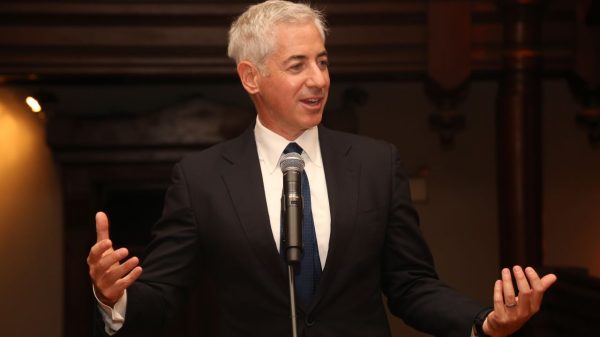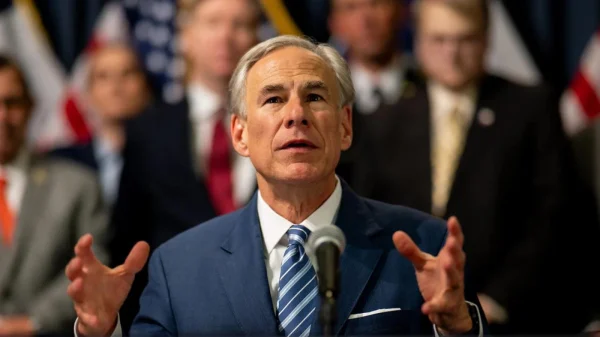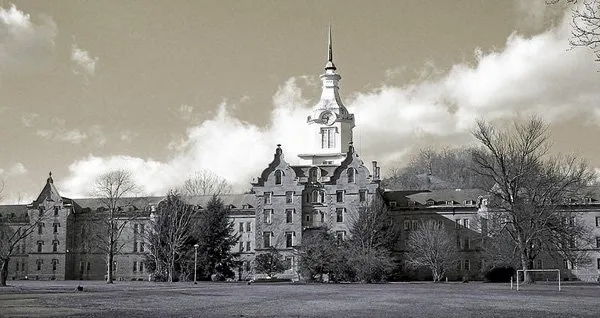Robert Moses’ monkey statues in Ten Mile River Playground removed following viral social media posts.

Robert Moses’s Monkey Statues In Ten Mile River Playground Removed Following Viral Social Media Posts
Months after a Riverside Park Conservancy staff member called for the removal of a set of monkey statues from the park’s Ten Mile River Playground, the New York City Department of Parks & Recreation removed the statues in October after a viral social media post called the statues “racially motivated.”
Shiloh Frederick, a New York City-based content creator commonly known by her social media handle @shilohinthecity, posted a video on Instagram calling out the figures as racially- motivated architecture in September after reading Robert Caro’s “The Power Broker,” a biography of 20th-century urban planner Robert Moses. Stephanie Ashley Caban, the north park outreach coordinator at Riverside Park Conservancy, said she had called for the removal of the monkey figures six months earlier in February, after learning that Moses had placed monkey statues in the Harlem playground because of allegedly racist motivations.
Frederick said in the video that according to Caro’s book, Moses built iron trellises with curling waves in front of the public restroom at the Ten Mile River Playground, which was common for Moses’ park designs. However, unlike other restrooms in different parts of the park, the Harlem section included black monkeys which hung from shackles as part of the trellis design.
“The monkeys at Ten Mile River are painted black and have what could be interpreted as shackles around their wrists,” Frederick wrote in her post. “It’s also hard to believe that a man as intentional as Robert Moses only coincidentally put monkeys in a Harlem playground.”
In the comment section of Frederick’s post, which garnered over 1,250 likes on Instagram, users urged the removal of the statues. On Oct. 23 Frederick informed her followers that the New York City Parks Department had removed them.
“NYC Parks strives to ensure our public spaces are welcoming to all New Yorkers to reflect the inclusivity and diversity of our great city,” Kelsey Jean-Baptiste, press officer for New York City Parks, wrote in a statement to Spectator. “We are aware of the debate around the intention and symbolism of the ornamental monkey figures—a conversation that has been ongoing long before this video was posted.” Ahead of the upcoming renovation to the playground, we made the determination that it was an appropriate time to remove them.”
After she first called for the statues’ removal in February, Caban said the conservancy planned to physically cover up the monkey figures until the upcoming renovation of the park, during which it would have them removed.
“The council learned about the display while we were in the process of planning upgrades for the park and made a request that they be removed,” District 7 City Council member Shaun Abreu wrote in a statement to Spectator. “Good riddance.”
Caban said she believes that Abreu most likely learned about the monkey figures from Frederick’s post, which hastened the removal.
In an interview with Spectator, Frederick said her intentions with posting the initial video was not explicitly to spark a removal of the statues, but to inform people about their history.
“I thought, I’m putting this out into the universe, maybe something will happen, but most likely not,” Frederick said. “So, I was really surprised that the conservancy was already doing something about it.”
As Frederick’s post gained more views, discussions arose in the comments about Moses’ intentions when building the figures, with some claiming that the same monkey figures existed at another playground on West 83rd Street. Frederick, however, noted them as “distinctly different” as the monkeys at Ten Mile River Playground, which were “painted black and have what could be interpreted as shackles around their wrists.”
Since the publication of “The Power Broker,” scholars have debated Caro’s claim that racism was a primary motivator in Moses’ design.
“Moses was a racist, but that’s like saying every white person in the United States was a racist in the 1950s,” Kenneth Terry Jackson, a retired urban historian at Columbia, said. “But what we’re saying is: Was racism a major variable in Robert Moses’ decision making? And I would say not so much.”
Frederick said that she did not want to mislead any followers into specific conclusions about Moses or the monkey figures.
“I tried to present the facts because I didn’t want to misconstrue anything,” Frederick said. “I knew that this would be a relatively delicate situation, especially when you’re calling out something as racist.”
Caban expressed gratitude toward Frederick and her Instagram following for bringing light to the issue she believes was previously being neglected by the Parks Department.
“I’ve been talking about it for like half a year, almost like eight months now. So I’m glad that it’s been done,” Caban said.


